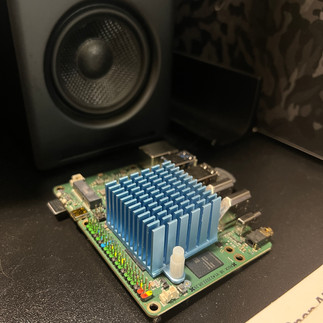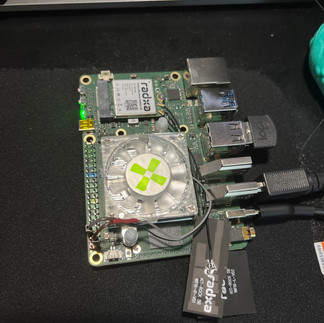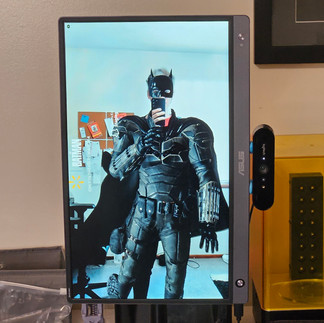Camera Kit Testing - Rock3B SBC
- bennyp3333
- May 29, 2023
- 1 min read

Snap CameraKit supports mobile and web platforms, meaning a jumbotron or mirror-style installation would require dedicated hardware running either Android or a web-based solution. The decision depends on quality, performance, and setup simplicity. Android offers the flexibility of using high-performance phones like the ROG Phone 7 or Galaxy S23, but these options are costly and require workarounds for HDMI input or external camera support.

Alternatively, Android-based mini PCs with an RK3588 SOC could provide a viable solution, supporting native 4K HDMI input, though software adaptation remains complex for integrating with CameraKit.
Web-based solutions, on the other hand, work seamlessly with standard hardware like Mac Minis or NUCs and offer better resolution and control over camera and render settings, though they might require more expensive setups with capture cards.
Initial testing reveals notable differences between platforms. While both lack MSAA and suffer from aliasing, web implementations deliver higher resolution and offer more straightforward control over settings. Android, though theoretically capable of high-quality input, often downgrades camera resolution to match render resolution, limiting quality.
Web:

Android:

Performance appears to be less of an issue for web solutions, which can leverage more powerful cross-platform hardware, whereas Android is restricted by current ARM processor capabilities. Overall, web emerges as the better choice for its flexibility, resolution, and ease of setup, provided MSAA can be enabled and input resolution optimized.














